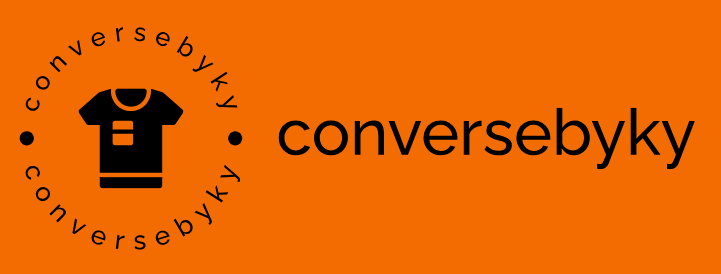Key Takeaways:
- Understand the fundamental differences between screen printing and digital printing.
- Learn the advantages and disadvantages of each printing method.
- Determine which method is best suited for different types of projects.
Introduction
Screen printing and digital printing are two common techniques for printing a design on a media. Every one of them has special qualities, functions, and advantages. Whether you’re printing custom t-shirts, promotional materials, or artwork, choosing the right method for your project is essential. To help you make an informed decision, explore the differences, advantages, and ideal uses for screen printing and digital printing. For instance, if you’re in Denver and looking for a reliable print service, consider Denver Screen Print for high-quality results.
Fundamental Differences
The primary areas of difference between digital printing and screen printing are in the methods used to apply ink to the substrate. The process of screen printing entails making a stencil, or screen, then coating the printing surface with layers of ink. Although this approach is typically labor-intensive, it works quite well for greater numbers and brighter colors. Conversely, digital printing makes use of digital files and use inkjet or laser printers to print the image directly onto the material. This process takes less time and works well for intricate designs and smaller batches.
Advantages of Screen Printing
Screen printing has many advantages, especially for large-scale applications. Its layered technique makes vibrant, long-lasting colors that do not fade possible. Because the setup costs are split over several things, this method is quite economical for producing big numbers. Additionally, screen printing is compatible with various materials, including wood, plastics, and fabrics. Because of its durability and vibrant color, screen printing is frequently the method of choice for professional clothing printing, according to Printed.com’s guide.
Advantages of Digital Printing
Digital printing stands out for its flexibility and efficiency. It allows for fast turnaround times and is perfect for short runs or custom designs requiring frequent changes. With fewer setup requirements, digital printing can easily handle detailed and complex images. This method is especially advantageous when printing photographic images or designs with many color variations. It is an eco-friendly choice because it eliminates waste and does not require screens or physical stencils. According to Just Creative’s analysis, digital printing is perfect for fine art prints and complex designs because of its ability to achieve accuracy and detail.
Choosing the Right Method for Your Project
To determine which printing method is right for your project, consider the project’s size, complexity, and material requirements. Screen printing is typically the best choice for bulk orders, designs with limited colors, and items needing durability. If your project involves detailed graphics, small quantities, or a quick turnaround, digital printing might be the better option. Budget constraints should also be considered, as digital printing can be more cost-effective for smaller batches. Ultimately, both methods have their merits, and the choice depends on the specific needs of your project. Consult with professionals to ensure the best quality and results when in doubt.




